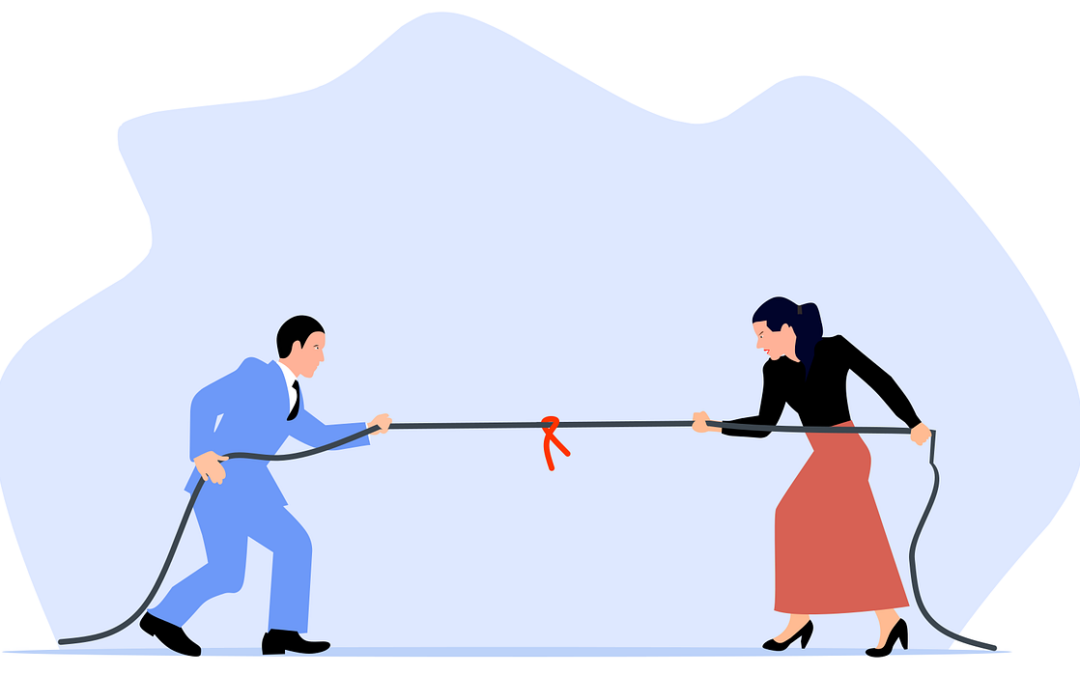There is a big difference.
Many lawyers in traditional family law claim to “work collaboratively” with the other side in a matter. This may well be their intention, however, the very nature of traditional family law and the typical way lawyers practice, is adversarial.
When two opposing sides (‘adversaries’) each present and advocate for their own entrenched position, the result is a competitive process that is focused on one side ‘winning’ and the other ‘losing’ – which often inflames an already highly-charged situation like a relationship breakdown. This applies whether or not you are going to court or using mediation.
Collaborative Family Law practice is completely different.
How?
✅AN ALTERNATIVE PATHWAY TO COURT – Collaborative practice is a distinct legal process which follows certain steps.
✅CERTIFIED COLLABORATIVE PROFESSIONALS – It requires specially-trained lawyers to represent each side who have been trained to work together, not against each other.
✅NO THREAT OF COURT – The separating parties and their Collaborative Family Lawyers commit to the process by all signing a contract that the matter will not be taken to Court (called a ‘Participation Agreement’).
✅ YOU RETAIN CONTROL OF THE OUTCOME – There is no third party making the decisions and the solution is intended to be a win-win for both sides.
✅ WIN-WIN SOLUTIONS – The focus of this process is on mutual benefit and the best interests of the whole family, particularly when the matter involves children.
✅ THIRD-PARTY NEUTRALS – Neutral third-party experts can assist the separating parties jointly and transparently (where required) to help achieve tailored solutions.
✅LEGALLY BINDING AND ENFORECABLE OUTCOME – At the end of the process, you will have a set of legally-binding and enforceable documents that operate in the same way as court orders.
But what if my lawyer is “collaboratively trained”?
Although some traditional family lawyers are also “collaboratively trained”, traditional family law will always be adversarial in nature, as the matter is marching towards court. At the very least, the threat of court is always the elephant in the room. This includes mediation when it takes place outside the Collaborative Family Law process.
You may engage a lawyer who practices both traditional family law (i.e. going to court) and Collaborative family law to act for you in a Collaborative matter. However, the only way to be sure that you have engaged that lawyer in their capacity as a Collaborative family lawyer is for you to sign a document to that effect (such as a Costs Agreement specifying Collaborative family law as your chosen pathway for resolving your dispute).
It is important to note that once a Collaborative lawyer has commenced acting for you and signed a Participation Agreement, that same lawyer is prohibited from acting for you to take the matter to court, should either party later decide to do so.
What happens if the process breaks down?
Remember that even if the Collaborative process breaks down and you engage new lawyers to take your matter to court, the time you have spent in the Collaborative process is not wasted as often several (if not most) issues have already been resolved through the Collaborative process. This narrows the issues in dispute to be decided in court if the parties opt out of the Collaborative process.
Want more information?
Collaborative family law and traditional family law ultimately reach the same outcome – a set of legally binding and enforceable documents that will set out the arrangements between separating parties. The pathway to that outcome is, however, vastly different.


